Once, Sage Markandey was doing mediation in the Bay of Bengal. It is a condition for the soul seated on the post of Indra that if during his tenure of 72 Chaukadi Yugas, someone on earth performs meditation or a religious sacrificial ceremony required for attaining the post of Indra, and if there is no hindrance in his action, then that worshipper is given the post of Indra, and that position is taken away from the current Indra. Therefore, as far as is possible, Indra does not let any worshipper’s meditation or sacrificial ceremony get accomplished during his tenure. He causes hindrance in that worshipper’s religious practice; no matter what he has to do for it.
When Indra’s messengers told him that a sage named Markandey is doing meditation in the Bay of Bengal, Indra sent Urvashi (Indra’s wife) to interrupt Sage Markandey’s meditation. With all the make-up and adornments, the angel started singing and dancing in front of Sage Markandey. She created a spring-like environment in that place with her supernatural power. Sage Markandey did not show any excitement. Urvashi broke the string around her waist and became naked. Then Sage Markandey said, “O Daughter! O Sister! O Mother! What are you doing? Why have you come alone in this deep jungle?” Urvashi said, “Sage, looking at my beauty, all the worshippers of this jungle lost their equilibrium, but you did not waver. I do not know where your attention was. Please come with me to Indralok. Otherwise, I will be punished that I returned defeated.” Sage Markandey said, “During trance, my concentration was in Brahmlok, where I was watching dance of those Urvashis (Apsaras) who are so beautiful that each one of them has seven maids like you. Therefore, why would I look at you; why would I get attracted to you? If there is someone else more beautiful than you, then bring her.” Then the Apsara said, “I am the main queen of Indra. There is no one else more beautiful than me in the heaven.”
Then Sage Markandey asked, “What will you do when Indra will die?” Urvashi replied, “I will be a wife to 14 Indras.” The purport is that there are 1008 Chaturyug in one day of Shri Brahma ji; during this time, 14 Indras die after finishing their tenure of 72 Chaturyug each. The soul of the queen of Indra had done so many virtuous deeds in some human life that as a result of them, becoming the main queen of 14 Indras, she will enjoy the luxuries of heaven and the joy of having a husband.
Sage Markandey said, “Those 14 Indras will also die. What will you do then?” Urvashi said, “Then I will become a female donkey in the mortal world (earth is called world of men, i.e., mortal world), and all those Indras who would be my husband, they will also become male donkeys on earth.”
Sage Markandey said, “Then why are you taking me to such a Lok (place) whose king will become a male donkey and the queen will become a female donkey?” Urvashi said, “To keep my honour. Otherwise, they will say that I have returned defeated.”
Sage Markandey said, “What honour do female donkeys have? Currently also you are a female donkey because you will have fourteen husbands, and you are yourself confessing that after death you will become a female donkey. What honour does a female donkey have?” Meanwhile, Indra also arrived there to give his kingdom to Sage Markandey as per the rule. He said, “Sage, you won, we lost. You may please accept the position of Indra.” Sage Markandey said, “Arey-Arey Indra! The position of Indra is of no use to me. It is like a crow’s droppings for me.” Sage Markandey then said to Indra, “You may do worship as told by me. I will take you to Brahmlok. Leave this kingdom of Indra.” Indra said, “Sage, let me enjoy at the moment. I will look into this sometime later.”
The Complete Story of Sage Markandeya
Readers! Just think: - Indra knows that after death, he will get the life of a donkey. Even then, he does not want to relinquish that transient comfort. He said, “I will look into this sometime later.” When later? After becoming a donkey, a potter will see him. He will decide how much load is to be put on the donkey’s back. Where he has to be hit with a staff? Similarly, someone is a prime minister, minister, chief minister or a minister of state of a small piece of land on this earth, or is a government officer or worker in some position, or is wealthy, and if it is said to him that – “You may do bhakti, otherwise you will become a donkey.” Then they become annoyed. They say that – “Why will we become a donkey? Do not say this again.” Some are civilised. They say, “Who has seen that one becomes a donkey?” They are told that all the saints and holy scriptures tell this. Then majority of them say that – “We will see.”
It is a request to them that – ‘What will you see after becoming a donkey after death? Then the potter will see how he has to behave with you. If you have to see, see now. Quitting all the vices, do scripture-based worship, which at present is only available with me (Rampal Das). Come and take it and get your welfare done.’
It has been stated in the above-mentioned speech no. 3 that those who acquire the position of Indra, Kuber, Ish, Brahma ji, Varun and Dharmrai and those who have acquired the position of demi-god after going to Vishnu ji’s Lok (place), also remain in the cycle of birth and death.
There are 33 crore posts of demi-gods in Heaven. Like, there are 540 seats of Members of Parliament in the Parliament of India. Individuals keep changing. From amongst those Members of Parliament only, the Prime Minister and other central ministers etc are appointed.
Similarly, amongst those 33 crore demi-gods only, someone acquires the post of Kuber, that is, the God of wealth just like a finance minister. The meaning of (Ish ki Padvi) ‘position of Ish’ is position of god, who are in total three in number according to (Lokved) folklore: - 1. Shri Brahma ji, 2. Shri Vishnu ji, and 3. Shri Shiv ji.
Varun is the god of water. Dharmrai is the chief justice, who grants the results of deeds to all the living beings. He is also known as Dharmraj. All these attain their positions by doing worship of Kaal Brahm. After the exhaustion of virtues, all the demi-gods are relieved from the position of god, and are put in the lives of 84 lakh types of animals and birds etc. Then new Brahma, new Vishnu and new Shiv sit on these positions.
All these aforesaid gods take birth and die. They are not immortal. Their state will become clear to you in this book’s chapter “Creation of Nature” that how much god they are. Whose sons are these and who is their mother?
Other evidence: - In Shri Devi Puran (Sachitra Mota Type Keval Hindi, Published from Gita Press Gorakhpur), third skand, on page 123, it is written that - You have a pure form. This entire world is originating from you. I (Vishnu), Brahma and Shankar are existing by your grace. We have (Aavirbhaav) birth and (Tirobhaav) death. You are Goddess Prakriti.
God Shankar said that – O Goddess! If Brahma, who took birth after Vishnu, has taken birth from you, then am I Shankar, who performs Tamoguni leela (wrathful acts), not your son, that is, you are my mother too. We can only perform tasks as per rules, that is, we can only grant whatever is written in one’s destiny. Neither can we increase it, nor decrease it.
Readers! It has become clear from this excerpt of Shri Devi Puran that Shri Brahma, Shri Vishnu and Shri Shankar ji are mortal. Their mother’s name is Goddess Durga. You will gain more information from Chapter “Creation of Nature”, which is written at the end in this book. These are the chief gods. Others gods are lower than these. All these take birth and die. They are not (Avinashi Ram) Immortal God.
In Shrimadbhagavat Gita Chapter 10 Verse 2, it is written that the Giver of the knowledge of Gita, Kaal Brahm, has said that – “Neither the gods know about my origin nor the Maharishis (great sages) because I am the creator of all these, that is, all of these have originated from me.
In Gita Chapter 4 Verse 5, the Giver of the knowledge of Gita has said that – O Arjun! You and I have had several births. You do not know. I know. It is also clear in Gita Chapter 2 Verse 12 that – You, I and all the kings and the army have also taken birth in the past and will be born in the future too.
In Gita Chapter 14 Verse 3, the Giver of the knowledge of Gita has said that – O Arjun! My Prakriti, that is, Durga conceives and I place the seed in her womb, by which all the living beings are born.
In Gita Chapter 14 Verse 4, the Giver of the knowledge of Gita has said that – O Arjun! Whichever embodied beings are born in all the different types of species of life-forms, (Mahat) Prakriti is their mother who conceives them and (Aham Brahm) I, Brahm, am the seed-laying father.
In Gita Chapter 14 Verse 5, the Giver of the knowledge of Gita has clarified that – O Arjun! – Satvagun Shri Vishnu, Rajgun Shri Brahma and Tamogun Shri Shiv, these three gods i.e. the three gunas, born of Prakriti i.e. Goddess Durga, bind the eternal soul to the body based on one’s deeds.
It has been clarified from the above-mentioned evidence that the aforesaid gods are mortal, and they are children of Kaal Brahm.
The topic going on is the translation of Speech no. 3: -
Even after acquiring the position of Indra, Kuber, Ish i.e., Brahma, Vishnu, Shiv, and the position of Varun, Dharmrai, and after going to the Lok of Shri Vishnu Naath, one remains in the cycle of birth and death.
Sage Markandey was doing Brahm Sadhna (religious practice of Brahm). He was considering it to be the best; therefore, he was saying to Indra that – “Come, let me make you do Brahm Sadhna. The kingdom of heaven is like crow’s droppings in comparison to Brahm Lok.”
Readers! Sage Shri Chunak, Sage Shri Durvasa and Seer Muni did Brahm Sadhna. The Giver of the knowledge of Gita has described their way of worship as Anuttam i.e. bad in Gita Chapter 7 Verse 18. Sage Markandey performed sadhna of the same category. He was doing it considering it to be the best, and was also advising Indra to do Brahm Sadhna.
It has been mentioned in Sukshm Ved that: -
Auron panth batavahin, aap na jaane raah ||1
Moti mukta darshat naahin, yeh sab hai sab andh re |
Dikhat ke to nain chisam hain, fira motiya bind re ||2
Ved padein par bhed na janey, baanche puraan athara |
Patthar ki puja karein, bhoole sirjanhara ||3
Meaning of Speech no. 1: - They guide others, but they themselves do not know about the path of bhakti.
Meaning of Speech no. 2: - Due to the absence of a Tatvdarshi Saint, the Moti Mukta i.e. the salvation-like pearl, the mantra of salvation, is not visible. This entire world is blind, that is, it is devoid of the eyes of spiritual knowledge. One who has cataract, which is an eye disease, his eyes appear to be healthy, but that person cannot see anything. Giving this example, it has been explained that those who speak fluent Sanskrit seem to be highly learned, but they do not know the profound mysteries of the holy scriptures. They are afflicted with the cataract of ignorance.
Meaning of Speech no. 3: - Those who read Vedas and learn them by heart, because of not understanding the profound mysteries of the Vedas, themselves worship against the Vedas and make others worship against them too. There is no mention of worship of a stone idol in the Vedas. Those so-called scholars of Vedas themselves worship stone idols and make others do that. They have forgotten the Creator mentioned in the Vedas.
In Shrimadbhagavat Gita Chapter 4 Verses 25 to 29, this only has been described that, whichever worship a worshipper is doing, he considers it to be the best. All the worshippers consider their respective way of worship to be the destroyer of sins.
In Gita Chapter 4 Verse 32, it has been clarified that Sachidanand Ghan Brahm has Himself described in detail the knowledge of yagyas, that is, religious rituals in the speech uttered from His lotus-mouth. It is Tatvgyan. Knowing it, a worshipper becomes free from all the sins.
In Gita Chapter 4 Verse 34, it has been clarified that Tatvdarshi Saints know that Tatvgyan. By prostrating before them, and politely asking question, those knowledgeable Mahatmas, who are well-versed with the Tatvgyan, will instruct you in Tatvgyan (true spiritual knowledge).
Because of not getting that Tatvgyan, which has been mentioned as “Nirgun Rasa” in the above speech, all the worshippers remained in the cycle of birth and death.
Sage Markandey was doing Brahm-worship. In Shrimadbhagavat Gita Chapter 8 Verse 16, it is said that those worshippers, who have gone to Brahm Lok, also repeatedly remain in the cycle of birth and death.
Previous Hymn, Speech no. 4
Asankhya janm tohe martaan hoge, jivit kyon na marae re |
Dwadash Madhya mahal math borey, bahur na deh dharae re ||
Translation: - O human being! You have taken birth and died infinite times. Perform true worship and die whilst you are alive. The meaning of dying whilst alive is that a worshipper realises that every object of this world is temporary. This body is also not permanent. Even the problem of birth and death is horrible. There is nothing but misery in this world. If even after acquiring a human life, one did not attain salvation, then one only lived a life of an animal. Like, in Gita Chapter 7 Verse 29, it is stated that a worshipper who is engaged in religious practice only to gain freedom from the suffering of old age and the misery of death, knows ‘Tat Brahm’, the entire spirituality and all the actions.
In this way, after gaining Tatvgyan, a person does not have any desire for unnecessary things. He does not consume tobacco, alcohol and meat. Dancing and singing seems to be an act of fools. Whatever one gets to eat, one feels contented in it.
To get one’s welfare done, a worshipper contemplates that if I will not come to satsang, I will not be able to obtain a sight of Guru ji. Because of not listening to the satsang, the mind will again start getting engrossed in vices. Leaving all his tasks, that worshipper sets forth to listen to the satsang. He ponders that every day we hear and see that leaving behind young children, a father departs from the world; he dies. Big capitalists die in mishaps. They leave behind all the wealth that they had accumulated in their entire lives. They do not return to look after that wealth. Before death, they did not feel like leaving work even for a single day, and now everything is left permanently.
FAQs about "Dialogue between Sage Markandey and an Apsara (Celestial Nymph)"
Q.1 What is the age of Indra?
Indra's age is measured in chaturyugas. A chaturyuga comprises four yugas: Satyug, Tretayug, Dwaparyug, and Kalyug, totaling 4,32,000 years. So, Indra's age is equal to 72 chaturyugas.
Q.2 How does Indra violate the rituals required for the position of Indra?
Indra often fears losing his position as the current ruler and thus disregards the prescribed religious ceremonies and practices. He resorts to various strategies to protect his position. In desperate situations, he even sends his beautiful wife, Urvashi, to distract and disrupt the meditation of potential successors.
Q. 3 Why was Sage Markandey meditating?
Sage Markandey engaged in meditation to achieve salvation. His focus was on chanting the Om Mantra of Brahm/Kaal, hoping for liberation. Yet, the Om Mantra alone does not grant salvation; it leads to Brahm Lok, and the soul eventually returns to the earthly cycle of life and death.
Q.4 Why wasn't Sage Markandey enticed by Urvashi?
Sage Markandey remained steadfast in his meditation, as his attention was fixed on Brahmlok, where more enchanting celestial nymphs than Urvashi were already engaged in dance and song. This prevented him from being swayed by Indra's wife.
Q.5 What teachings did Sage Markandey impart to Indra?
After Sage Markandey's meditation was not distracted by Indra's wife's efforts, Indra arrived and offered to relinquish his position as per tradition. However, Markandey declined, considering such a position akin to meager offerings. Instead, he advised Indra to worship Brahmlok, a superior pursuit.
Q.6 What is the core message of this article?
This article underscores that even after years of meditation to reach Brahmlok for salvation, Sage Markandey remained ensnared in the cycle of birth and death orchestrated by Brahm/Kaal. The article suggests seeking initiation from a complete Saint and worshiping the Almighty God Kabir, for attaining absolute salvation.
Recent Comments
Latest Comments section by users
If you have any query regarding the above content then please email us at [email protected], we will try to solve it with proof.
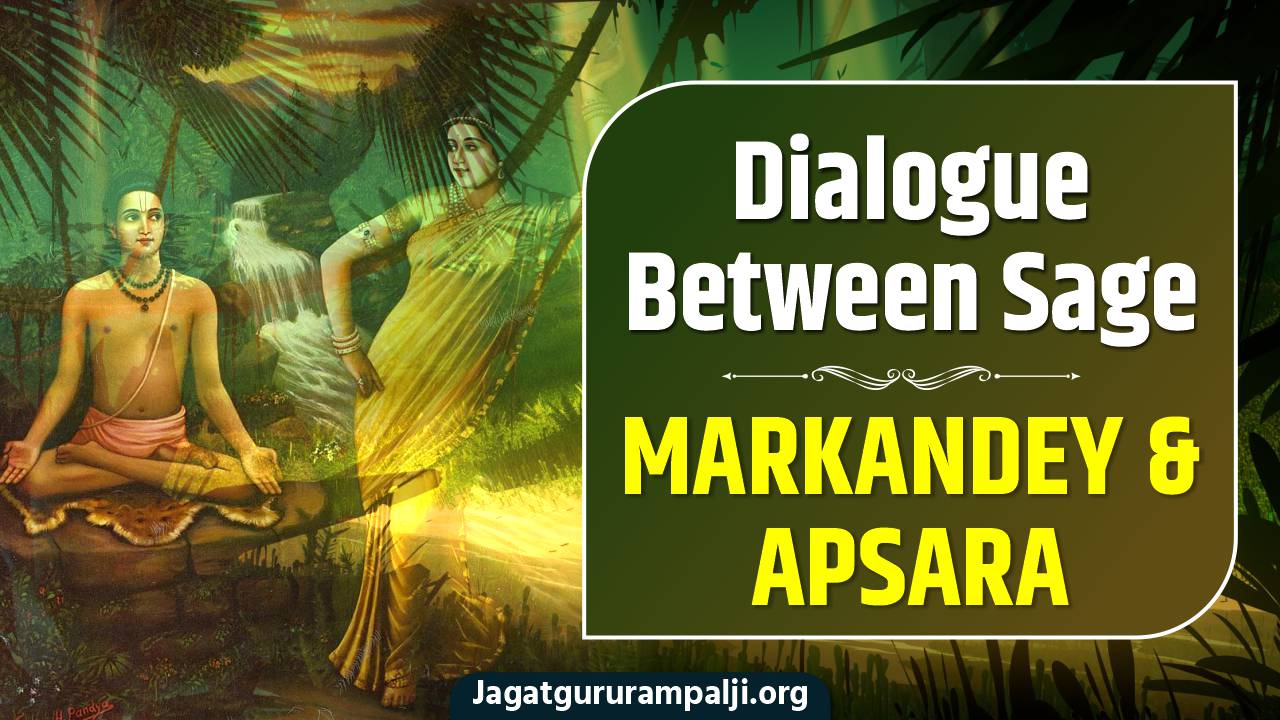
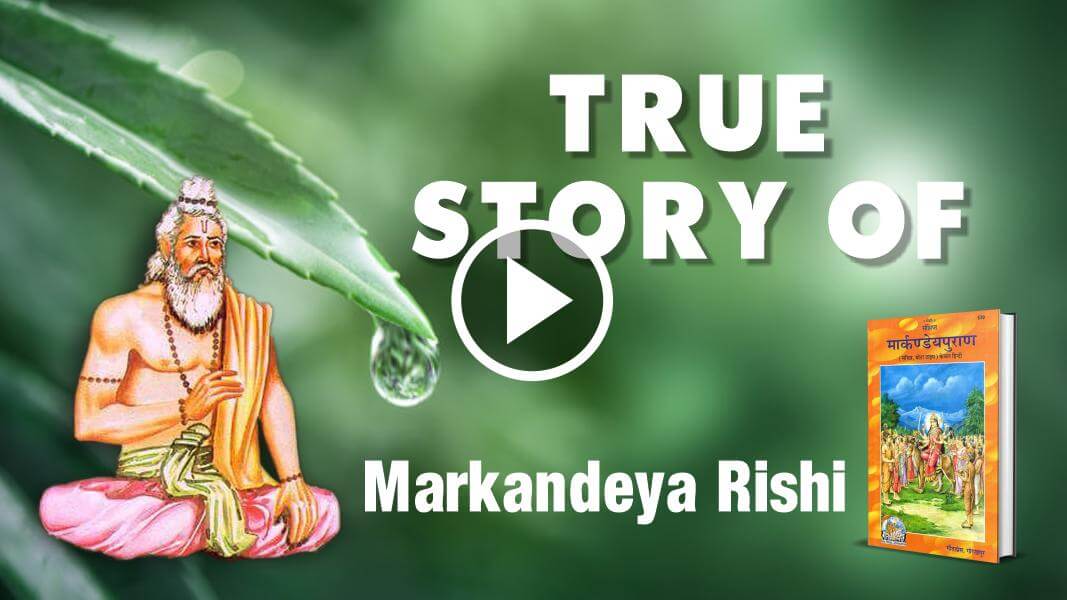
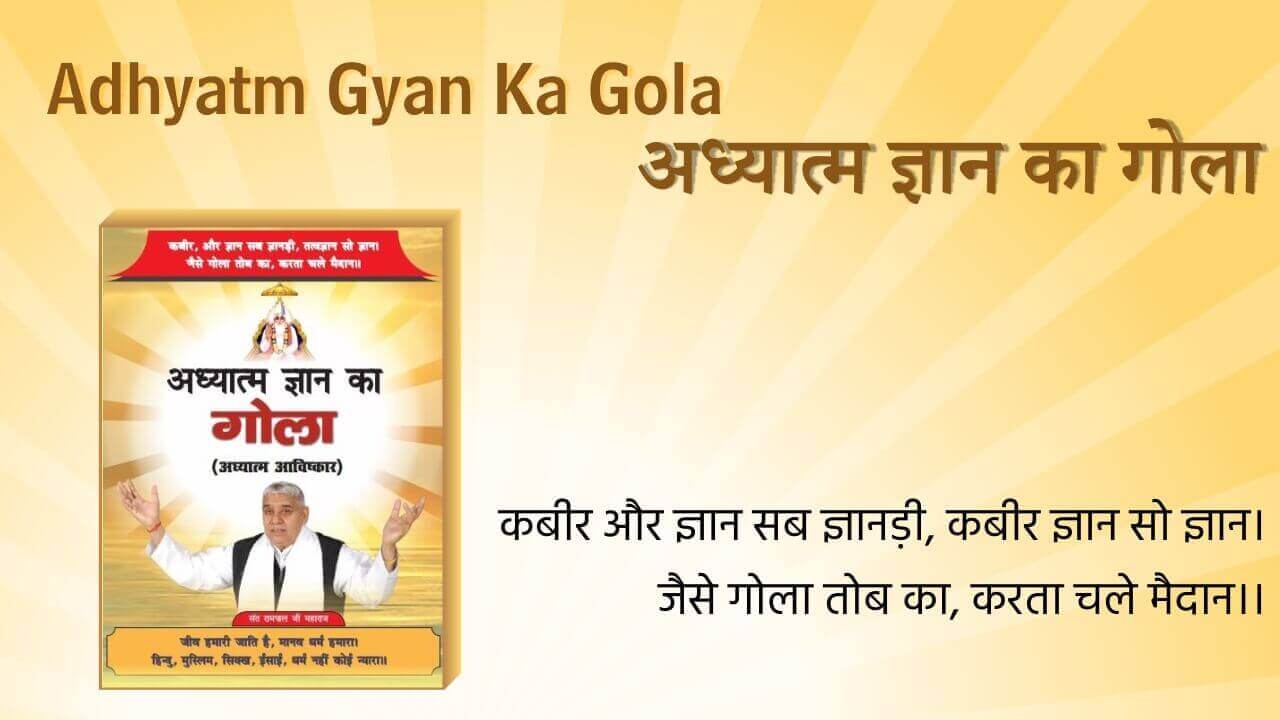
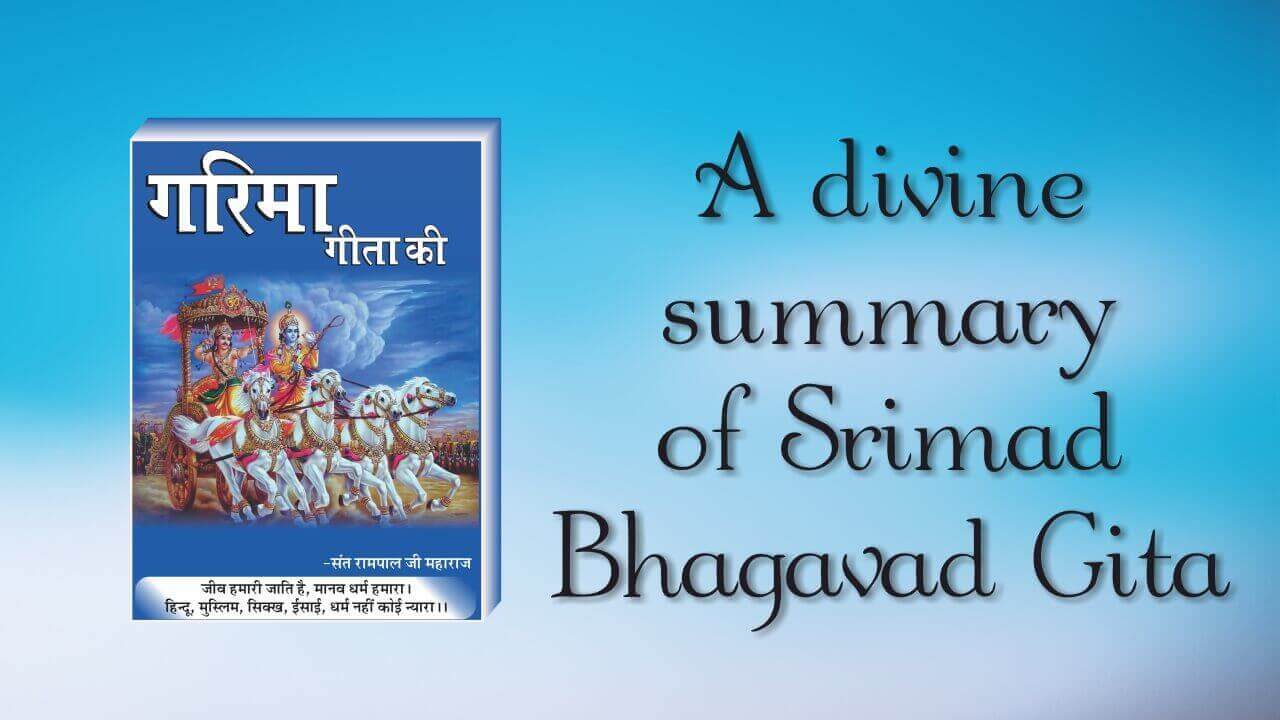
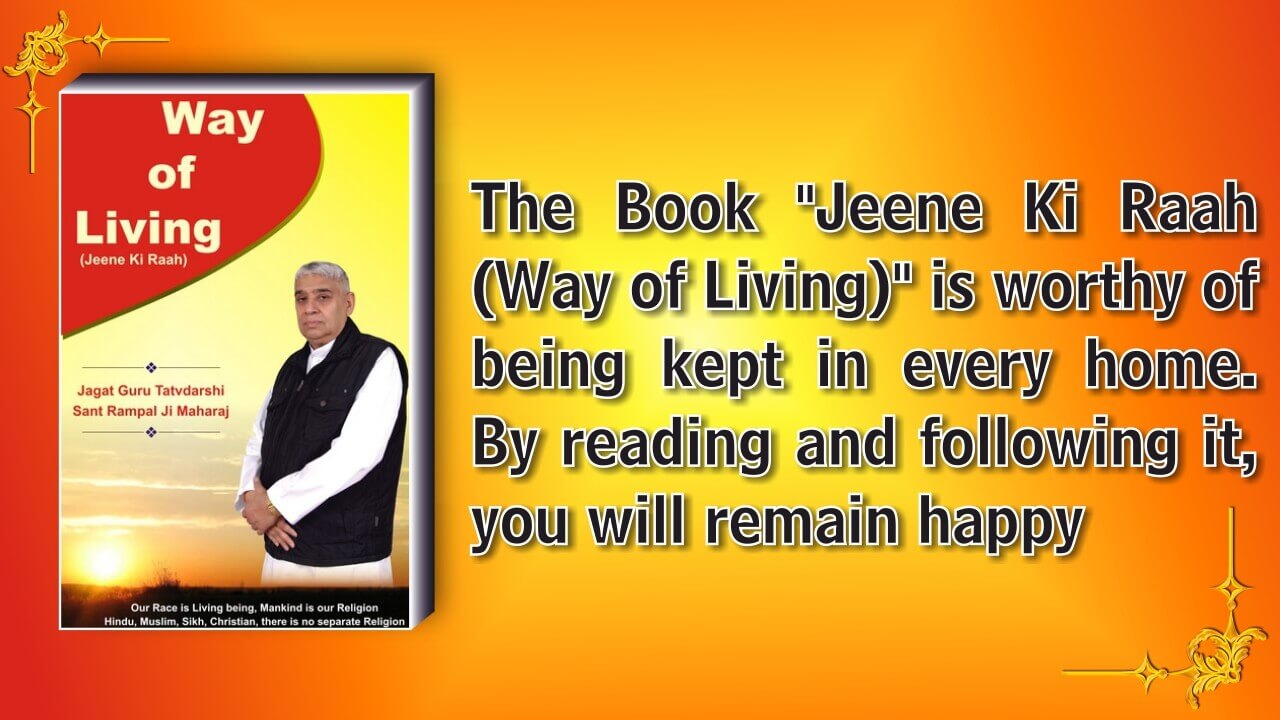
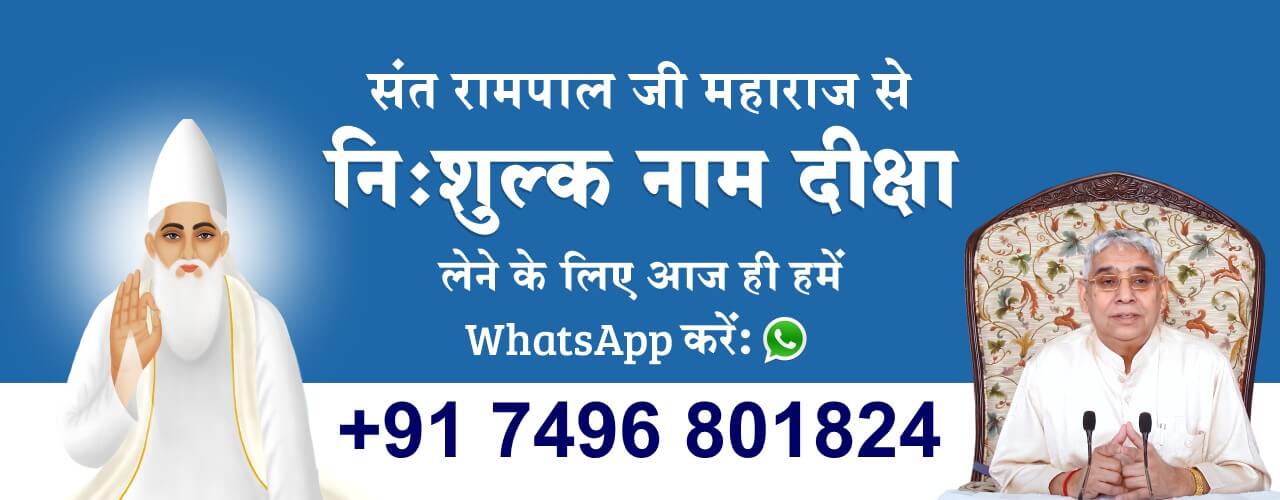
Dinesh Singh
Is Lord Indra in the cycle of birth and death?
Satlok Ashram
Yes, all creatures in Kaal's world are trapped in the vicious cycle of birth and death be it humans, deities and even the owner. Lord Indra after completing his tenure as the King of Heaven goes to the donkey life form. This fact has been scripted in Scriptures.